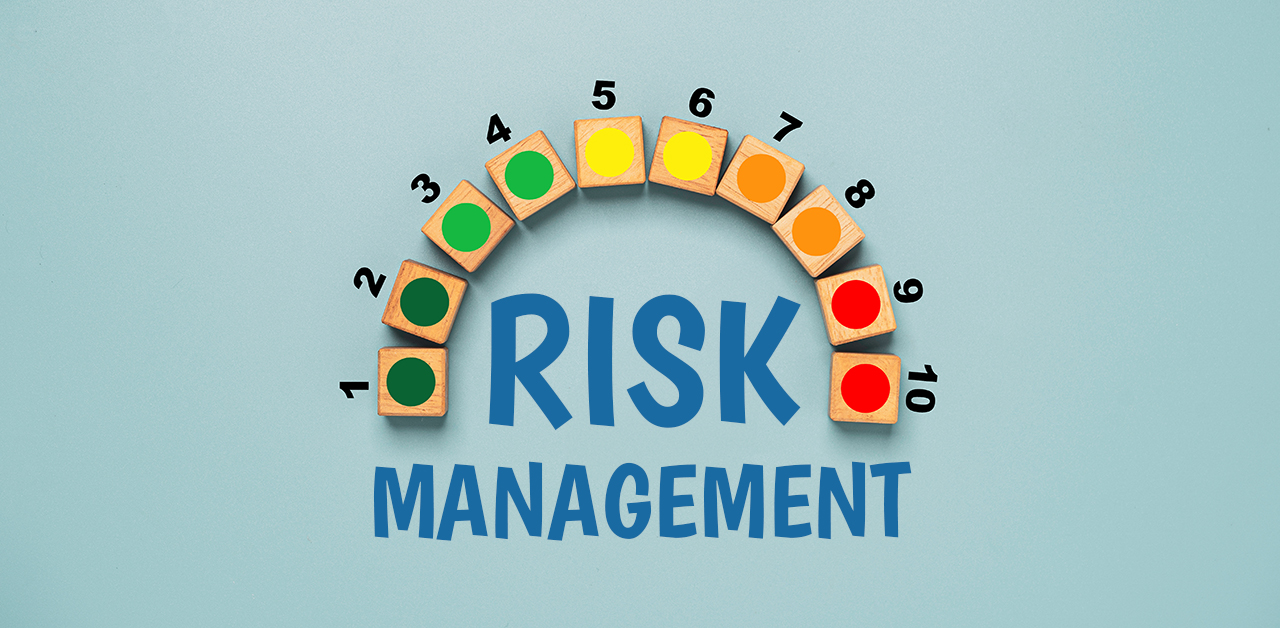Relocating a data center poses many challenges. The biggest challenge is to relocate the expensive physical equipment and mission-critical information with zero damage or loss while ensuring that downtime is cut to the minimum. With so much at stake, failure to execute a data center relocation (DCR) smoothly can be very costly in terms of repair expenses as well as lost revenue. You can either choose to relocate your data center using internal resources or seek assistance from outside experts. The former is recommended only if you have a small data center and/or an IT staff with the required skill and experience. In fact, many companies do successfully relocate their data center without any external assistance. However, it is not recommended if you have a large data center or lack adequately trained internal resources.At OceanTech, we are fully aware of the challenges of relocating a data center. We have successfully relocated a large number of data centers across North America, including all the major cities like New York, Los Angeles, Minneapolis, and Chicago. From our experience, we have identified the following keys to a successful DCR:A well-thought-out plan:
The key to a successful DCR is a well-thought-out plan. Creating such a plan is the job of the project manager. As it involves identifying the key issues and risks, managing the people and resources associated with the project, creating a workable timeline, and creating a budget, the project manager must have knowledge of DCR and extensive experience. Traditionally, DCR mostly involved physically moving equipment from one location to another. Now, it may involve moving from one cloud or virtual location to another, which is called “migration”. The project manager must have knowledge of the latest technologies. Detailed documentation:
Another key to a successful DCR is detailed documentation. You need to create four types of documentation. The Present Method of Operation documents everything that needs to be moved, along with diagrams and detailed lists. The Desired Future State spells out the desired outcome, defining project attributes and success conditions. The Design Plan is the road map to get to the Desired Future State. It should give a very clear picture of the processes needed to execute the relocation. Finally, the Implementation Plan includes all the steps, dates and parties involved to accomplish the task in the proper order. Flawless logistics:
The success of a DCR depends largely on logistics. It is of utmost importance to have the right people with the right set of skills and equipment at the right place and at the right time. For this, you will need an experienced logistics specialist, whose job will be to determine the size and composition of the logistics team (de-installation, packing, transportation, unpacking and re-installation) and see that they do their job flawlessly. Unequivocal support of management:
No project can be successful without the support of the people who make all the important decisions in an organization. Therefore, you must work to ensure full and unequivocal support of your company’s management at all times. It is important to have their approval for every step. Since relocating a data center can be expensive, the management must fully understand all the steps involved so that they can explain the DCR process to stakeholders. Decommissioned hardware value return:
Before starting the DCR project many companies decommission much of their data center hardware (cabinets, racks, servers, and other IT hardware) and start fresh at the new facility with upgraded replacements. OceanTech typically pays 2-3 times more for retired equipment and provides certified data destruction, customized reporting, and environmentally responsible electronics recycling nationwide. Many times the value of the retired hardware can offset the cost for the entire de-installation & relocation project, adding another layer of value for OceanTech clients.


